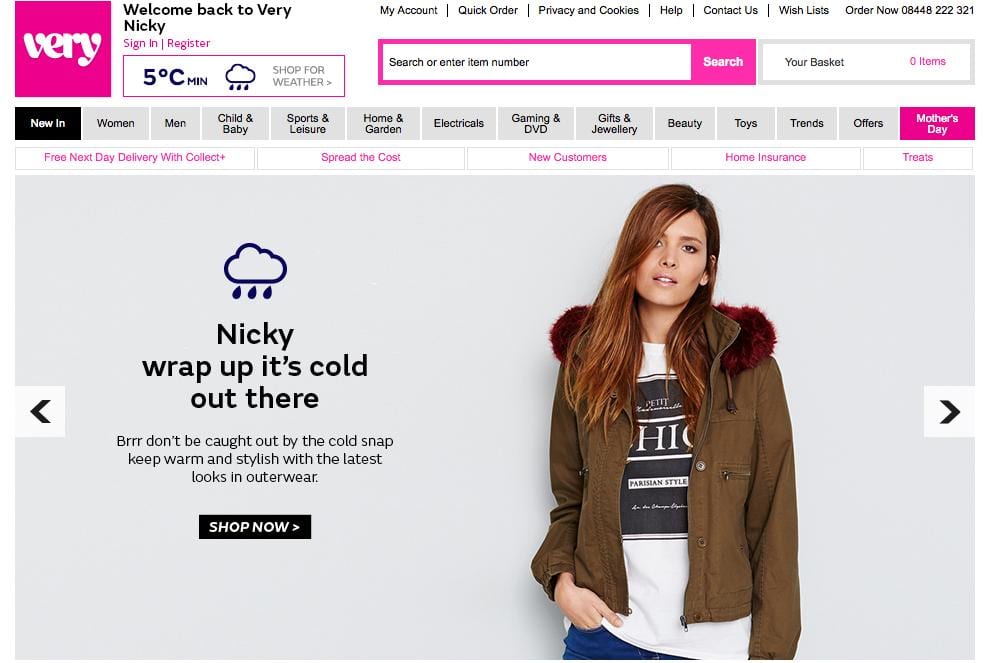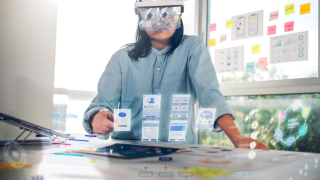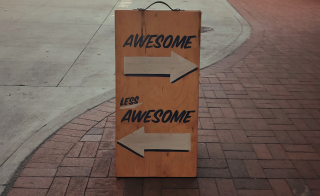
Ah, personalisation, a mainstay of most digital project briefs. Ubiquitous in the agency world and almost as misunderstood as UX itself. Ask anyone working in a digital agency what it is, and you’ll likely get a nod of recognition but the difficulty in pinning it down. All they know is the client wants it, so they’re delivering it.
I believe that personalisation is something designed and implemented by the website, app, or software. In contrast, to customisation, which is a set of choices given to users to personalise their own experience.
So, why is personalisation regularly on the agenda? Has it become something that users expect? Or is it merely that personalisation works?
When you dig deeper into the topic, it becomes clear that it isn’t a given, and it doesn’t always work. It can harm the user experience.
Let’s explore the reason it’s so popular. Personalisation can provide a streamlined experience, allowing users to cut through irrelevant content. It can help to reduce cognitive load and decision fatigue by only showing useful information and choices. Take, for example, Thread, where users input personal information such as clothing sizes, body shape, and style. Thread then cuts out anything that doesn’t fit to serve up a streamlined, personalised fashion experience.
As well as improving the user experience, good personalisation can make an encounter more immersive. The Xbox racing game Forza populates the racetrack with AI cars that use game data from friends’ driving performances to create their own ‘drivatars’. So, rather than driving against randoms, it feels like I’m racing against (and beating!) my friends, even though they’re not currently playing with me.
Sat nav app Waze has a useful personalisation feature that uses data from my commute to feed me traffic updates around the time I usually leave for my journey home. I didn’t request this feature, but I like the design intent of saving me from a terrible trip home.
Spotify is another example of using personalisation for a more immersive experience. Discover Weekly generates a playlist I should like based on my listening history, while Spotify Running uses my phone’s sensors to match the beats of the songs in a dynamic playlist to my running pace.
It’s easy to see why there’s a high demand for personalisation. But, the reason all of these examples work is because the context of use matches the user need and the design intent. They’re designed specifically to enhance the experience and assist users in reaching their goals better, faster, or more enjoyable. Often, the real purpose of personalisation is to sell more. It’s to satisfy a business need, rather than a user-led need. Or, it is implemented poorly and doesn’t account for the complexities of human behaviour.
Netflix is touted as a great example of personalisation. But is it great? I find it frustrating. If I watch one comedy, afterwards that’s all I’m recommended. The personalisation algorithm simplifies my complex interests down to my history of previous clicks.
Very has stated a desire to become the ‘the world’s best-personalised shopping experience’. How does this vision manifest? If you visit their website and look at Ted Baker clothing, all you’ll see is Ted Baker products on the homepage when you return. Is that really the best we can do?
Reducing complex human beings down to their last set of choices as an accurate prediction of what they want seems short-sighted. It’s the equivalent of walking into a bookstore and all the shelves being covered up except for cookery books because I watched an episode of MasterChef recently.
I am all for personalisation for the right reasons. But when it becomes an add-on to every project in a desperate need to keep up with the Jones’, there’s very little value in it. I believe it is your job as a designer of digital experiences to question these personalisation briefs. Why is it required? What’s the business case? What’s the user need? What do we mean by personalisation? How can we really enhance the user experience? If you’re not satisfied with the answers, take a stand. If you don’t, who will?
This article was originally published in Web Designer Magazine




